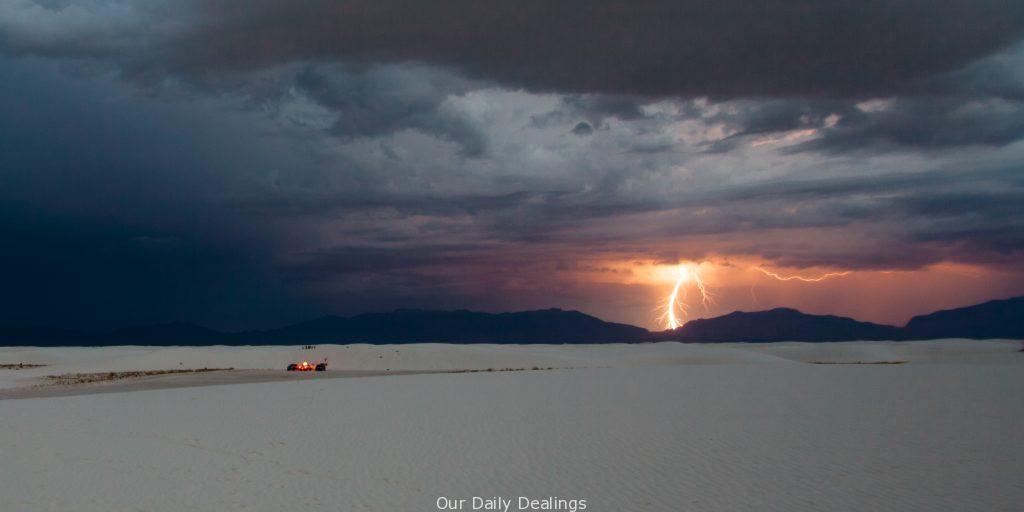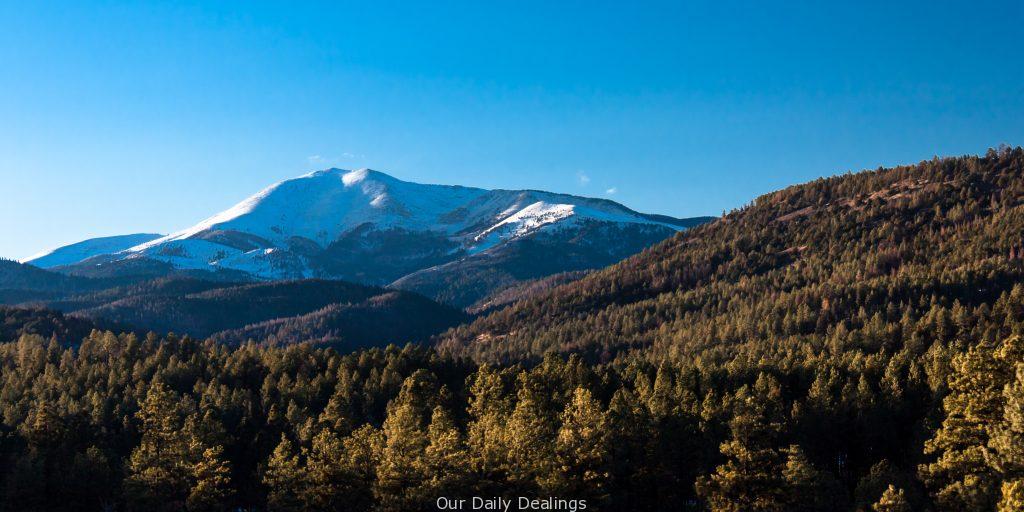
After a brief coverage on shutter priority last week, I’ll move on to aperture priority. As I mentioned before, the convenient feature of these priority modes is that you get to choose a primary exposure setting, and the camera will determine the rest. For me, I find that aperture priority is great for landscapes. The aperture is the opening that allows light to pass through the lens and onto the sensor; it works like the pupil in your eye. It’s the oddball number with “F” next to it, like F2.8 or F8. A larger number, or f-number, means a smaller opening, and a smaller f-number corresponds to a larger opening. So what in the world does that do? The aperture affects what is called the depth of field. The depth of field is the distance in front of and behind the subject you’ve focused on, that appears sharp in the image. So, larger f-numbers will have more depth of field, and smaller numbers will have shallower depth of field.

I’m rarely in the middle when it comes to using this mode. For the most part, I reserve this mode for photographing landscapes, and I use f-numbers between F8 and F11. I’m wide open (the smallest f-number) when shooting at night or with portraits. With portraits, the larger aperture helps to blur the background, bringing more attention to the person. That’s it! For my shooting style, I reserve aperture priority when I know I need to control it, which is primarily for landscapes.

